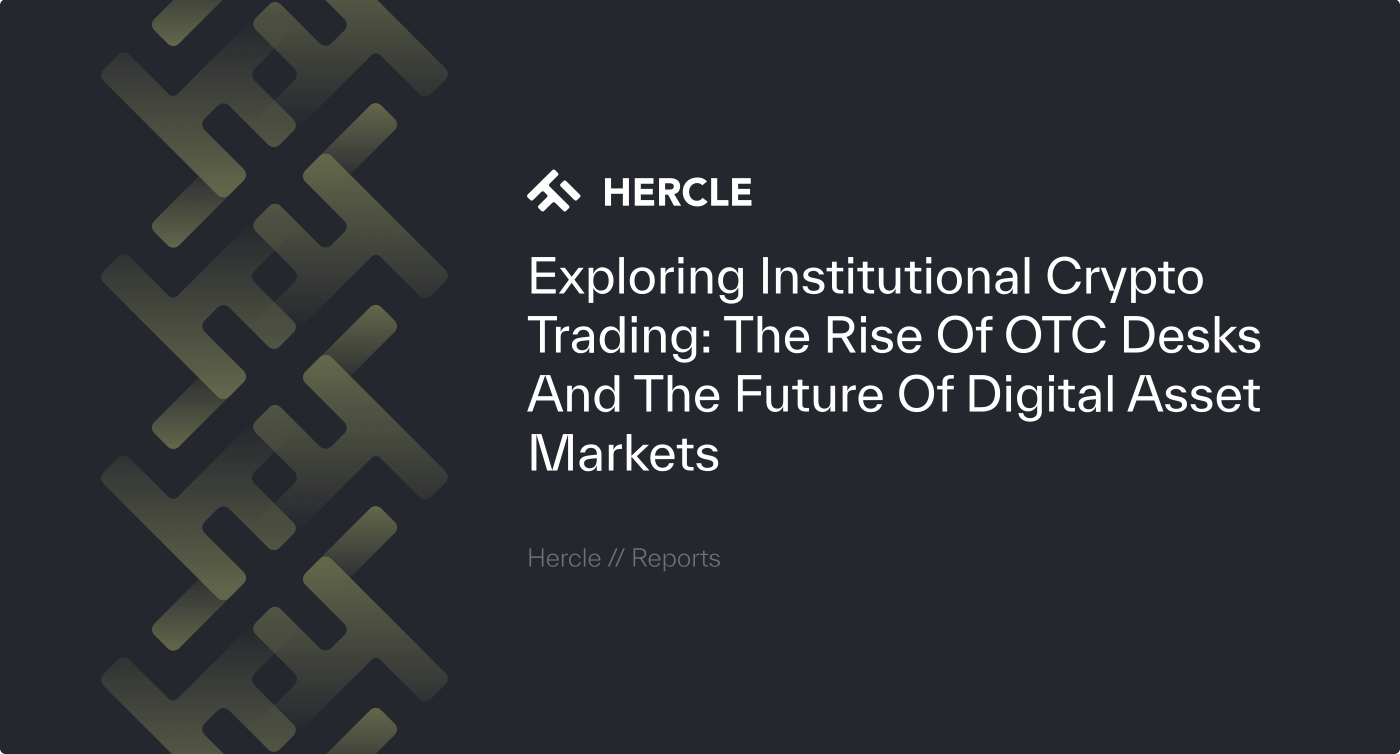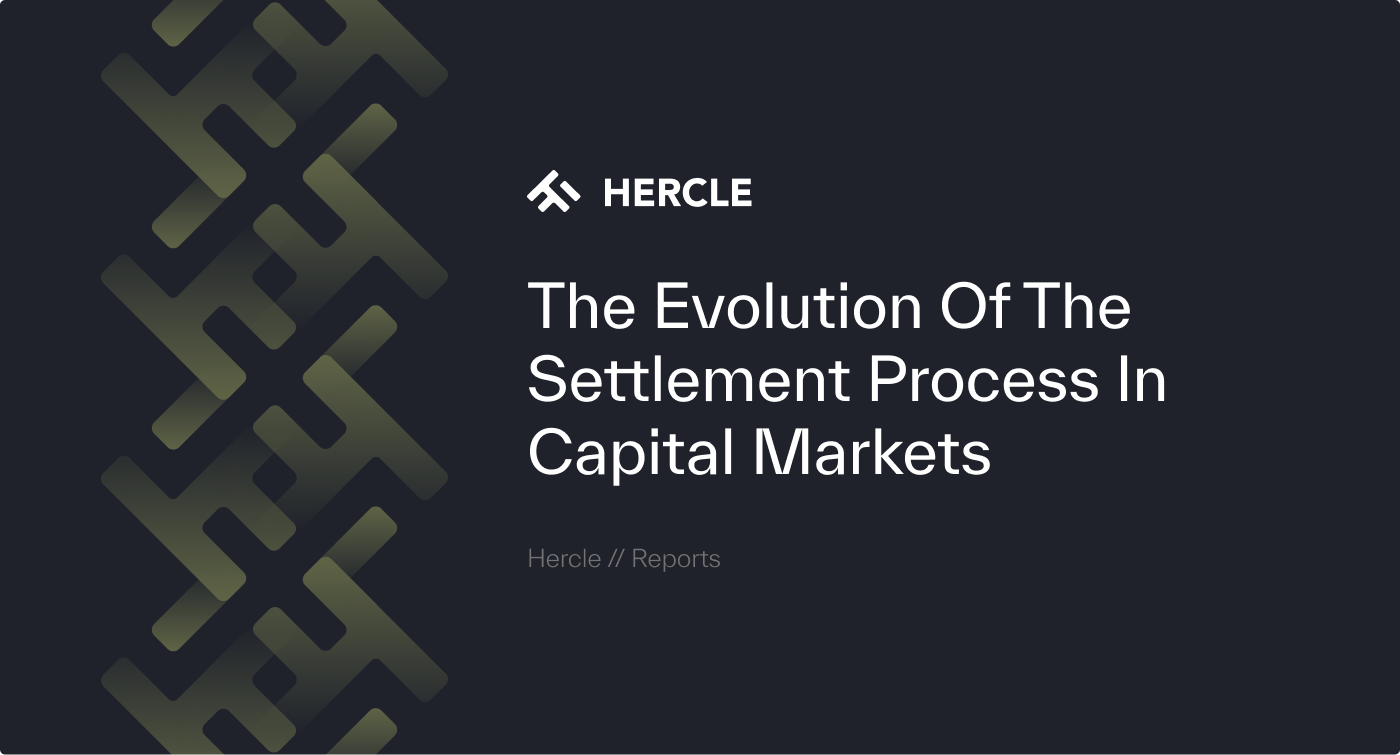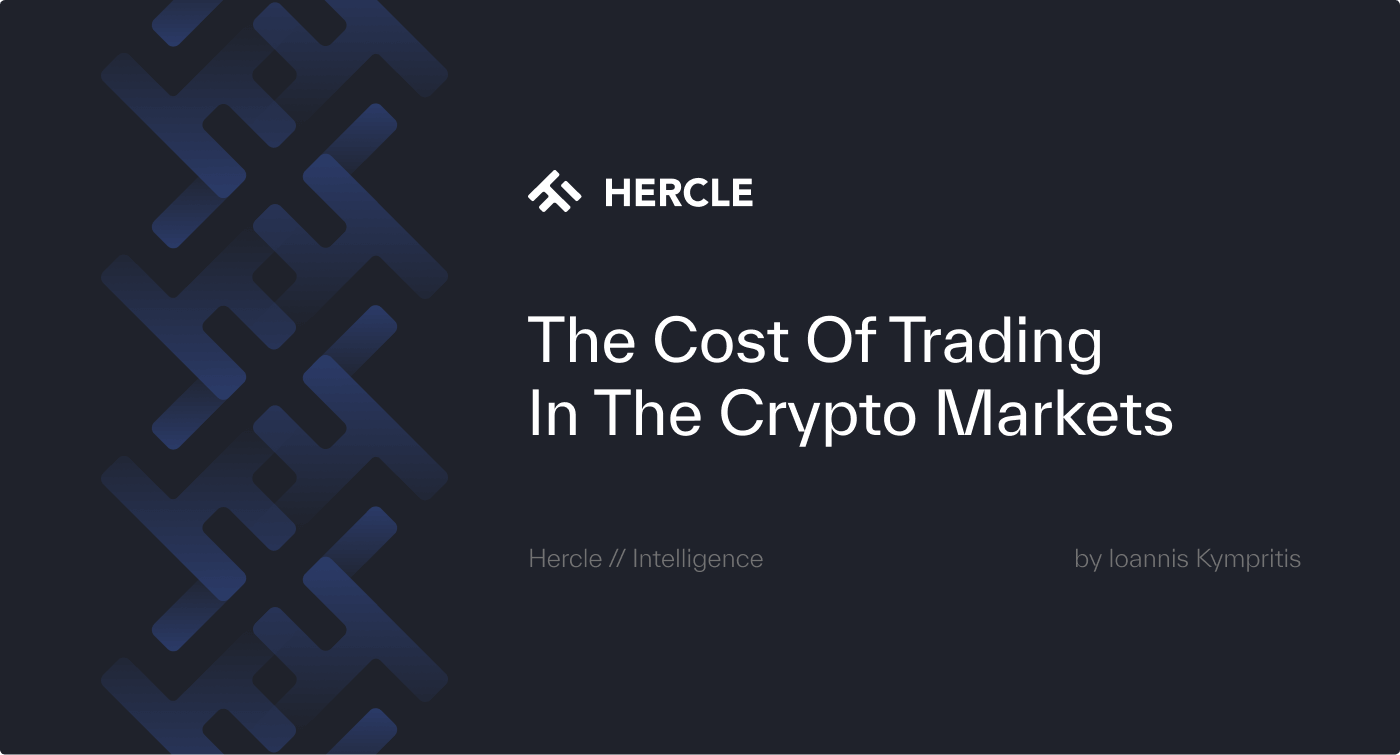Token issuers willing to list their token on exchanges must partner with a market maker that can provide liquidity, fostering long term growth of the token ecosystem. In this article, we are going to analyse why such market making partnership is crucial.
Exchange listing for your token
After endless months of value proposition modelling, tokenomics design, on-chain development, and community engagement, your team is ready to prepare the exchange listing.
Your team wants to allow your community and investors to trade your token while ensuring your stakeholders a fair exchange listing and the best trading experience.
Your token project has it all:
- Groundbreaking value proposition;
- Robust use case;
- Incentives-aligned tokenomics designed;
- An understandable white-paper;
- A great and engaged community;
- Top-notch development team;
- Great partners and investors eagerly waiting for your exchange listing;
What could possibly go wrong?
You realise that a proper decision framework and market experience is needed when you have to choose the exchange for your listing, or if you have already proceeded with the listing, you soon realise that low trading volume is occurring, early investors are selling their positions, and the 3%-6% bid/ask spread in your thin order book is stopping the investment from new participants. The listing process has ended and despite your marketing and development effort, the token price has dropped by 42,69%.
So what went wrong?
You forgot about a concept that is equally important as all your other business plan benchmarks.
Liquidity – the building block of all markets
Liquidity is the core element of an efficient and sustainable financial ecosystem.
It allows investors to buy and sell a given size of an asset at any time, at the best price possible, and without massively affecting the market price (i.e. slippage).
Liquidity is one of the main elements that determines how attractive your market truly is to traders and investors, and is therefore necessary, if your project is aiming for long term success and exponential organic volume growth.
In the crypto asset market, it is critical to guarantee 24/7 liquidity to mitigate investment risk, give a higher comfort level to traders, and stand out as a robust project.
The liquidity in order books is driven and affected by two main market participants:
1. Market takers:
Market takers, also known as liquidity takers, take liquidity from the order books. Taker orders are active orders aiming to buy(sell) from(to) someone who is already declaring their prices (i.e. market makers via limit orders).
Market takers look for:
- Liquidity: getting orders of any size filled at the best price possible;
- Immediacy: executing the orders as fast as possible.
As a token issuer you want as many market takers as possible, because they are the ones that move your market.
To satisfy liquidity and immediacy demands, market makers come in.
2. Market makers:
Market makers, also known as liquidity providers, are the market agents that constantly provide bid/ask liquidity, maintaining an efficient market for traders and investors.
The profit of a market maker is equal to the spread*volume. The spread is the difference between bid/ask or buy/sell price. While profiting from the spread, market makers are improving the market liquidity, which results in tighter spreads and less trading costs faced by market takers.
Why partner with a market maker ?
In order to ensure the best service to its customers, market leaders like Hercle leverage their low latency infrastructure and battle-tested market making and risk management algorithms to provide deep and efficient liquidity to your order book.
As you can now understand, there are just a few things that you need to get right before launching your token, and partnering with a market maker is for sure one of them.
Through getting the services of a professional virtual asset market maker, and solving your liquidity challenges, you will fuel the success of your token ecosystem.
1. Choosing the most suitable exchange for your token listing
If you can’t guarantee liquidity from the first day, negotiating for an exchange listing can be really frustrating. Exchanges have one problem less if a to-be-listed project comes to them with a professional market maker attached, as they do not want to be stuck with a token that has no trading activity going on after undergoing a very costly set-up and due-diligence process. In fact, even the exchange listing fee will probably be lower if you present your token project with the right market making partner, as the markup implemented to hedge the risk of minimal volume may be removed. In addition, a professional market maker commonly has long-standing relationships with the majority of exchanges and can guide your team in choosing the most suitable exchange for your listing, according to your current price sensitivities, target group preferences, and goals.
2. Attracting investors and traders
Lack of liquidity, trading activity, and a wide spread between buy and sell prices, stop traders and investors from engaging with an asset. Having a market maker providing liquidity to your market 24/7, while simultaneously managing tight spreads and a balanced order book, is key to attracting organic volume. The tighter your spread is, the cheaper it is for investors and traders to trade in and out of their positions. In fact, this is a critical driver to attract a wider array of participants other than your project followers to your token’s market. For example, institutional and sophisticated traders can’t implement their algorithmic strategies with wide spreads, and cannot deploy sufficient capital with thin order books. Moreover, a liquid market prevents big orders from disrupting the order books, making it easier for large size traders i.e.whales to come in, through the confidence in market structure that is generated. Even if your project has been listed for a long time already, and as expected, its price is converging to 0, there is no need to worry yet. If your team is still up and running, and you have faith in your purpose, there is still a chance of revival by choosing the right market maker partner. Market makers such as Hercle understand that low volume and market demand are common in our crypto market, and so have developed tailored algorithmic strategies for low volume tokens that can bring back to life your token and take it where you initially aimed it to go.
3. The liquidity virtuous spiral
As seen, once the Market Maker brings the desired liquidity to your market with the right spreads, investors are attracted. This attraction comes in the form of volume triggered by the liquidity takers, but this volume triggers a further attracting spiral for new investors and traders to begin filling in the order book as well. This means that liquidity further increases naturally, making it even better for liquidity takers, and so a natural spiral of increased volume to increased orders to increased market participants begins. This is the point at which your project’s marketplace has achieved the scenario of ‘increasing returns’ under complexity theory, and your token is naturally driven to the moon while simultaneously attracting more eyes to your project’s value proposition, and hence, success.
So the good news is that your project does not need to be partnered with a market maker forever, but the aim is to help you get your token’s liquidity to a point where the trading ecosystem maintains itself.
Final Remarks
After endless months of value proposition modelling, tokenomics design, on-chain development, and community engagement, you have found the right market making partner to help you list on the desired exchange, and ensure an efficient, liquid market for your token. The listing goes by, and without even realising it, your community is growing, your token’s volumes are on the leaderboards, the price is skyrocketing, and you carry on with more endless months of value development to offer to the world what you set out to do, without any unnecessary anxiety related to your token’s market.



